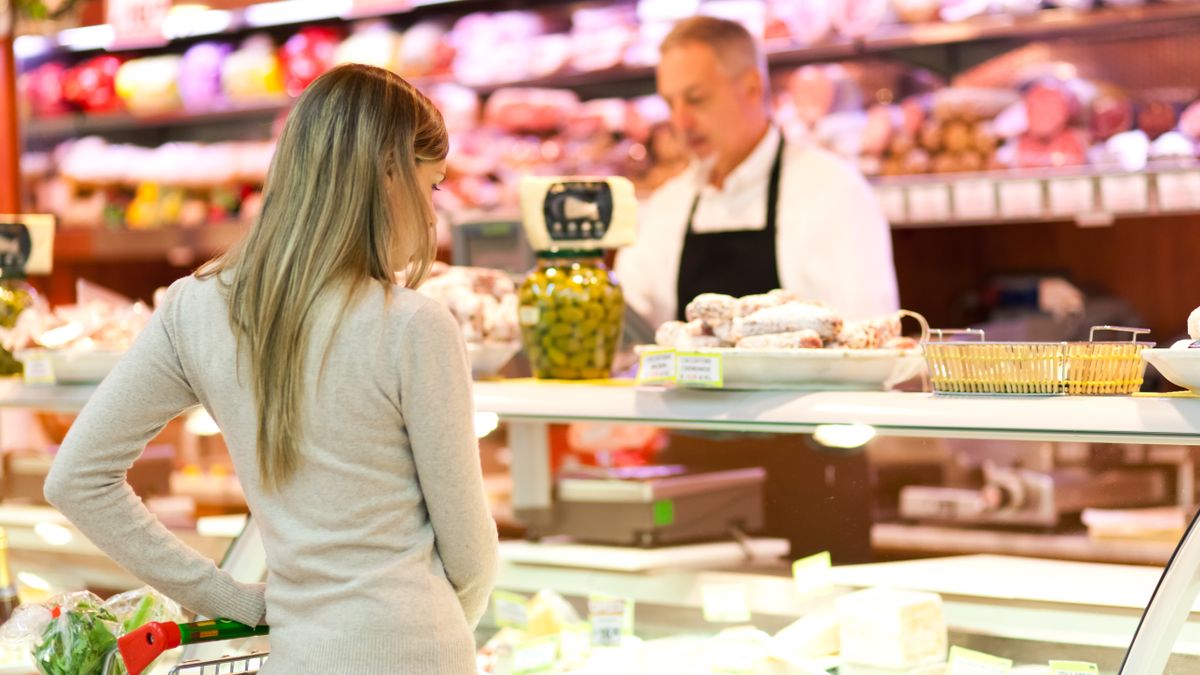
Dive Brief:
- Grocers in Ottawa, Canada, are collaborating to develop a highly localized reuse pilot that’s anticipated to run between late April 2024 and March 2025. “This collective shared pool resource model will be a first in Canada for reusable containers at this scale,” organizers said in a recent announcement.
- The initiative is being convened by the Canadian nonprofit Circular Innovation Council and is expected to be co-funded by government agency Environment and Climate Change Canada alongside participating businesses, which currently include grocers Walmart, Metro and Sobeys. Reusables.com will track containers through the cycle and provide smart return bins at neighborhood drop-off locations.
- Organizers will track performance metrics such as the number of single-use plastic containers avoided, how many times a container circulates and where, and costs shared across businesses. The ultimate goal is to scale more reuse programs across Ottawa and Canada.
Dive Insight:
The Canadian government has taken steps toward minimizing plastic waste, including bans announced in 2022 on single-use plastics such as certain straws, checkout bags, cutlery and food service ware made from or containing hard-to-recycle, “problematic plastics.”
The forthcoming Ottawa reuse initiative “will drive solutions that are convenient, sustainable, and affordable for Canadians,” said Steven Guilbeault, minister of Environment and Climate Change, in the announcement.
Jo-Anne St. Godard, executive director of Circular Innovation Council, said that the federal government’s mandate to reduce plastic waste has made it keen to help organize the marketplace and test the local market before expanding across the country.
St. Godard observed that multiple grocery stores selling similar items had commitments to reduce single-use plastic, and were wanting to trial a solution. Also, they were all talking to roughly the same vendors to identify the right containers, distribution system and monetization model.
In the U.S., Walmart has participated with Loop, TerraCycle’s reusable packaging program, for some home delivery items. Walmart Canada could not be reached for additional comment regarding the Ottawa initiative, but John Bayliss, chief operations officer for Walmart Canada, said in the Jan. 17 announcement that the company is “proud to be part of this unique project that will help to introduce Canadian consumers to collaborative reuse models.”
St. Godard said Circular Innovation Council can play an important role for businesses interested in reuse. “You can imagine that a head office at any grocery store doesn’t have the time, the capacity to check local market conditions or service providers to try to find a sanitization partner, a local distributor. They work nationally, so that’s difficult for them. So we have the capacity to do that,” St. Godard said.
The exact location and scope of the initial service area is yet to be determined, but organizers are eyeing a busy commercial corridor that crosses many different communities. They then want to onboard as many food service vendors along that corridor as possible to share containers and “grow exponentially,” St. Godard said. The pilot region will be very concentrated at the outset to build momentum and familiarity, and manage logistics.
The products included in the pilot will be up to each retailer, although the intention is to start in the deli section. The exact containers and washing infrastructure are yet to be decided.
The team wants to avoid common pitfalls of reuse pilots. Recent research from the U.S. Plastics Pact and Closed Loop Partners’ Center for the Circular Economy suggests that achieving at least a 90% return rate for reusable packaging is necessary for success.
Affordability for consumers is key, said St. Godard. They won’t be charged at checkout for purchasing an item in a traceable container, but they could incur a fee if that container isn’t returned after a yet-to-be-determined period. St. Godard likened it to the experience of checking something out from the library.
“There’ll be a period of time where of course you can keep the container and then we do want it back in circulation because it needs to work the way it is designed, we need those containers to be continually circulating,” St. Gordard said. Even if a consumer misses that return window, “if you get charged and you bring it back even after that we will have a mechanism to reimburse you. So we’re really trying to make it convenient, but we do need a bit of a nudge to the consumer to help remind them.”



